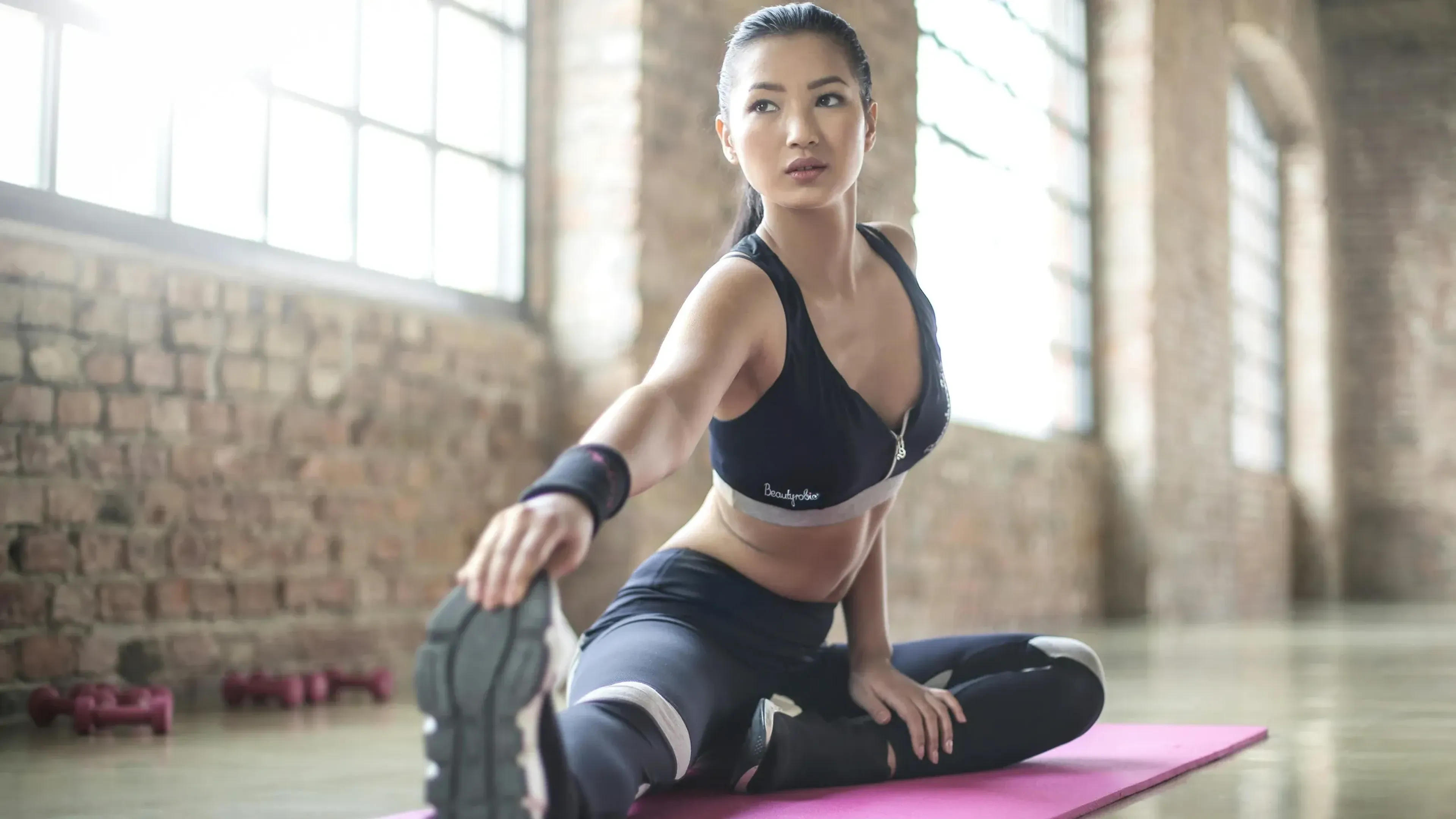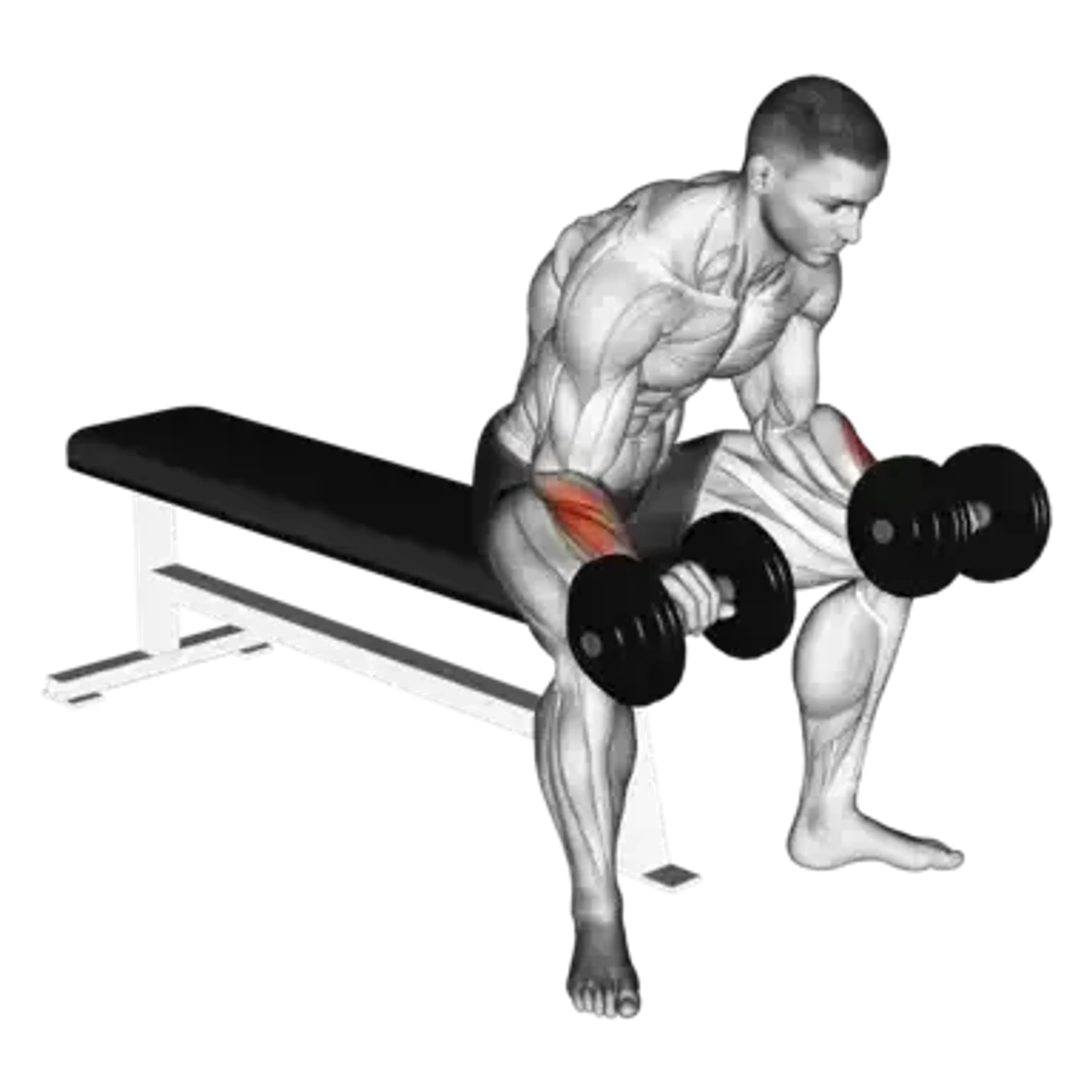Dumbbell Standing Reverse Wrist Curl

Overview
- Primary Focus:
- Forearms.
- Equipment:
- Dumbbell.
- Difficulty:
- Beginner.
General Information
Dumbbell Standing Reverse Wrist Curl is an isolation exercise that primarily targets the forearm extensors - the muscles responsible for extending the wrist and fingers. It’s a beginner-friendly exercise that improves grip strength, balances forearm development, and helps prevent injuries caused by muscle imbalances.
This exercise is especially useful for those who engage in sports or activities that require strong wrists and grip, such as rock climbing, tennis, or weightlifting. Performing the reverse curl from a standing position provides greater range of motion and challenges your ability to stabilize the weight throughout the movement.
Incorporating reverse wrist curls into your routine can also enhance overall arm aesthetics. While traditional wrist curls focus on the inner forearm, this variation helps develop the outer forearm, giving your arms a more well-rounded appearance.
Muscles Worked
- Extensor Carpi Radialis
- Primary
- Brachioradialis
- High
- Flexor Carpi Radialis
- Medium
- Flexor Carpi Ulnaris
- Low
Instructions
- Stand upright with your feet shoulder-width apart, holding a dumbbell in each hand using an overhand grip (palms facing downward).
- Let your arms hang naturally by your sides, keeping a slight bend in your elbows and your wrists relaxed.
- Slowly raise your hands by curling your wrists upward, keeping the rest of your arm stationary. Focus on using only the forearm muscles.
- Pause at the top of the movement, feeling the contraction in your forearm extensors.
- Lower the dumbbells in a controlled manner back to the starting position, allowing your wrists to fully extend.
- Repeat for the desired number of reps, maintaining a slow and steady pace.
Common Mistakes
Injuries
This exercise carries a low to medium risk of injury when done with proper form.
The most common risk is wrist strain, which can occur if you use too much weight or move too quickly. To prevent this, start with light dumbbells and focus on controlled movements.
Another potential issue is forearm overuse, especially if you perform high reps or train forearms too frequently without recovery. Aim to incorporate this exercise 1–2 times per week to avoid overtraining.
Finally, elbow discomfort can arise if the movement is performed with poor form or excessive weight. Keep your wrists aligned with your forearms, and avoid jerky motions to minimize strain on the elbow joint.
Alternative Exercises

Frequently Asked Questions
- Q: Is this exercise suitable for beginners?
Yes, the standing reverse wrist curl is beginner-friendly, especially when performed with light weights and proper form.
- Q: How often should I do this exercise?
Incorporating it 1-2 times per week is sufficient for improving grip strength and forearm development without overtraining.
Overview
- Primary Focus:
- Forearms.
- Equipment:
- Dumbbell.
- Difficulty:
- Beginner.


